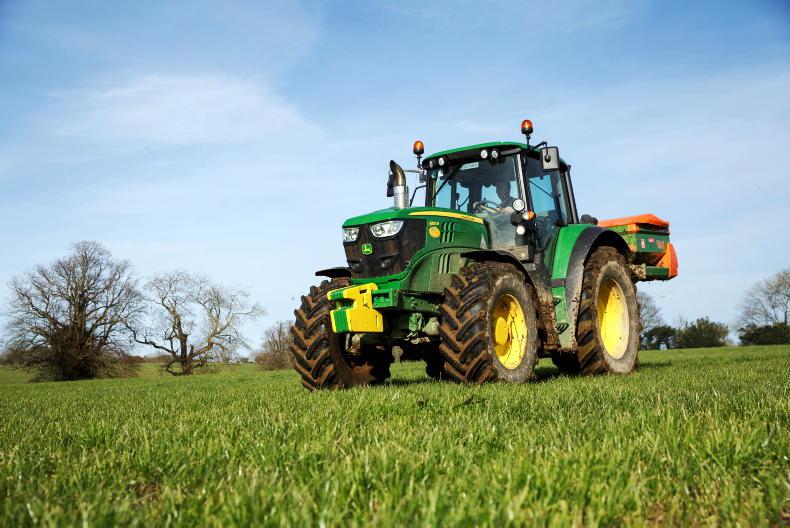A number of farmers have been asking me if it’s too cold to spread fertiliser. These are farmers who generally spread fertiliser in late January or early February.
Most have agreed with themselves that they would delay applications this year to early February, due to the high cost of fertiliser and the need to make sure they get the best response from it.
But with such good weather at the moment, they are wondering if maybe they should spread some now, in order to reduce the workload in February and in the hope of growing some extra grass.
Much of the advice around fertiliser and slurry applications is centred on soil temperatures being above 6°C before nutrients are applied.
Moot point
For me, it’s a bit of a moot point as just because soil temperatures are X degrees today, doesn’t mean they’ll be at that temperature next week or next month.
Obviously, when soil temperatures are low there will be less growth and so a lower response, but we can’t presume to know what the weather forecast will be in the future.
In fairness, it is important that soil temperatures are high enough for the soil microbes to convert the nitrogen in urea to ammonium and then to nitrate.
This can only happen in the presence of moisture, which is why urea is more regularly used in spring. Protected urea reduces the losses when the urea is converted to ammonium.

Soil temperatures Thursday 19 January 2022
Currently, seven-day average soil temperatures are ranging between 4°C and almost 8°C, depending on location, and are generally 1°C or 2°C higher than normal.
This indicates that soil temperatures are very close or above the threshold whereby slurry and fertiliser could be applied.
Of course, a lot depends on soil type, soil fertility, location, type of sward, etc, so there is no one size fits all advice when it comes to fertiliser.
A number of farmers have been asking me if it’s too cold to spread fertiliser. These are farmers who generally spread fertiliser in late January or early February.
Most have agreed with themselves that they would delay applications this year to early February, due to the high cost of fertiliser and the need to make sure they get the best response from it.
But with such good weather at the moment, they are wondering if maybe they should spread some now, in order to reduce the workload in February and in the hope of growing some extra grass.
Much of the advice around fertiliser and slurry applications is centred on soil temperatures being above 6°C before nutrients are applied.
Moot point
For me, it’s a bit of a moot point as just because soil temperatures are X degrees today, doesn’t mean they’ll be at that temperature next week or next month.
Obviously, when soil temperatures are low there will be less growth and so a lower response, but we can’t presume to know what the weather forecast will be in the future.
In fairness, it is important that soil temperatures are high enough for the soil microbes to convert the nitrogen in urea to ammonium and then to nitrate.
This can only happen in the presence of moisture, which is why urea is more regularly used in spring. Protected urea reduces the losses when the urea is converted to ammonium.

Soil temperatures Thursday 19 January 2022
Currently, seven-day average soil temperatures are ranging between 4°C and almost 8°C, depending on location, and are generally 1°C or 2°C higher than normal.
This indicates that soil temperatures are very close or above the threshold whereby slurry and fertiliser could be applied.
Of course, a lot depends on soil type, soil fertility, location, type of sward, etc, so there is no one size fits all advice when it comes to fertiliser.







 This is a subscriber-only article
This is a subscriber-only article










SHARING OPTIONS: